Istria – Yugoslavia occupation 1945 Fiume Rijeka full set MNH
The year 1945 was a significant period for Istria, Fiume (Rijeka), and the surrounding regions due to the conclusion of World War II and the subsequent political changes in the area. Here’s a brief overview of what happened during that time:
- End of World War II: In 1945, World War II came to an end in Europe with the defeat of Nazi Germany. This led to significant changes in the political landscape of the region.
- Yugoslav Partisans in Istria: Istria, a peninsula in the Adriatic Sea, was occupied by Axis forces during the war. As the war neared its end, Yugoslav Partisans, led by Josip Broz Tito, liberated Istria from Axis control.
- Rijeka (Fiume): Rijeka, a port city located in the northern part of the Adriatic Sea, also experienced changes during this period. Rijeka had a complex history of sovereignty and was claimed by various entities throughout its history.
- Italian Surrender: With the collapse of Fascist Italy in 1943 and the subsequent Italian surrender to the Allies in 1943, Istria and Rijeka came under Allied control. However, their final status remained uncertain as the war continued.
- Paris Peace Treaties: The fate of Istria and Rijeka was ultimately determined by the Paris Peace Treaties of 1947. Istria was divided between Italy and Yugoslavia, with the larger portion going to Yugoslavia. Rijeka, which had been under Allied military administration, was awarded to Yugoslavia.
- Yugoslavization: After the war, Istria and Rijeka became part of the Socialist Federal Republic of Yugoslavia under the leadership of Josip Broz Tito. The region experienced a process of Yugoslavization, including the resettlement of ethnic Serbs and Montenegrins to Istria.

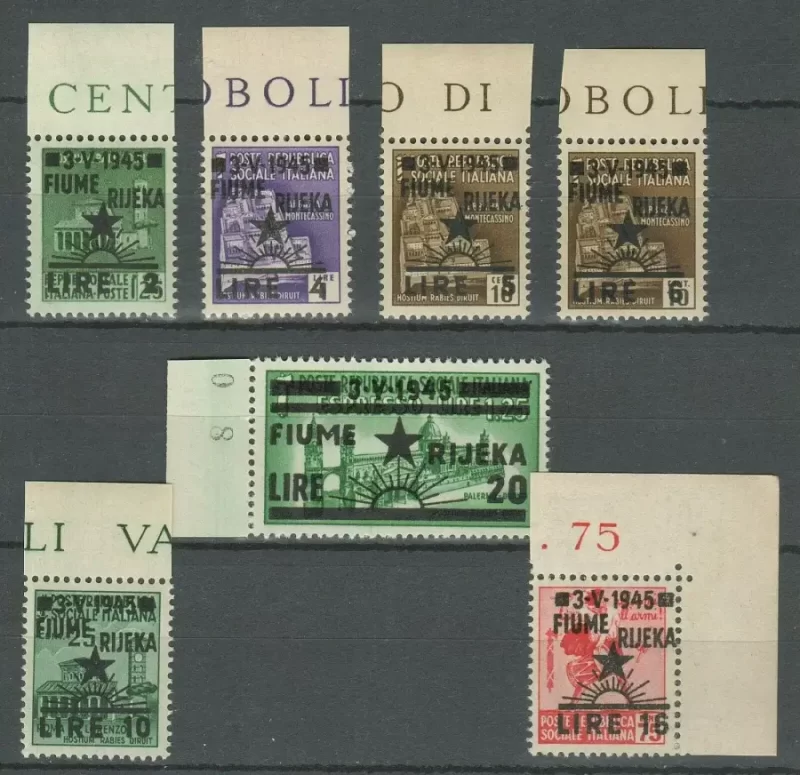
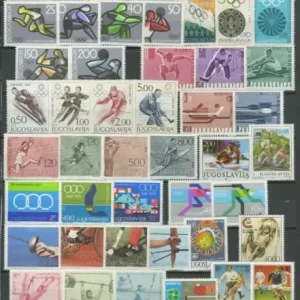

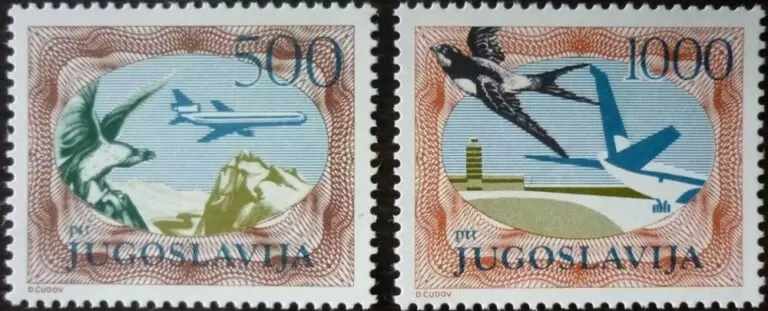
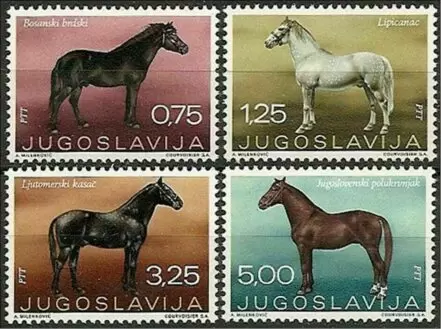
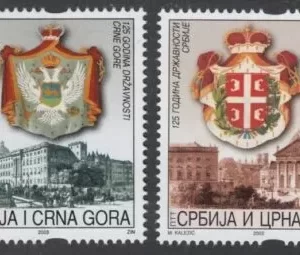

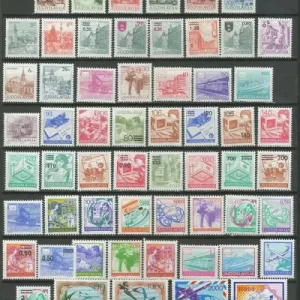

Reviews
There are no reviews yet.